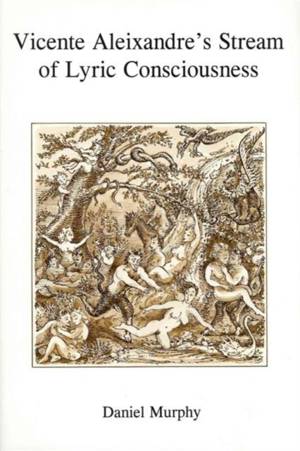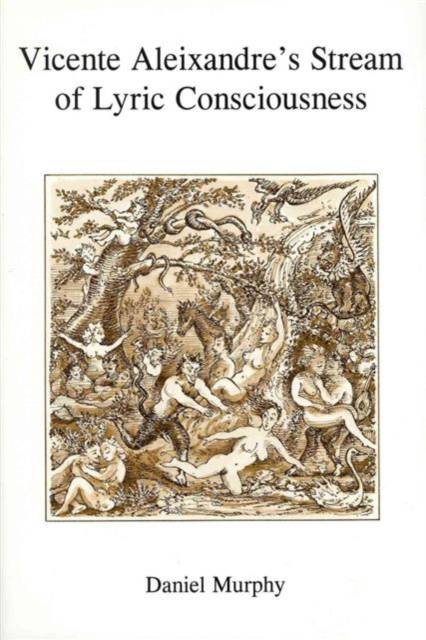
- Afhalen na 1 uur in een winkel met voorraad
- Gratis thuislevering in België vanaf € 30
- Ruim aanbod met 7 miljoen producten
- Afhalen na 1 uur in een winkel met voorraad
- Gratis thuislevering in België vanaf € 30
- Ruim aanbod met 7 miljoen producten
Zoeken
€ 99,45
+ 198 punten
Omschrijving
Focusing on La destrucción o el amor (1935), this study explores Aleixandre's surrealist masterwork from an intertextual perspective inspired by the theories of Harold Bloom, Michael Riffaterre, Gérard Genette, and others. Among
the cultural and literary intertexts considered are surrealism and the seminal role of Freud, metaphor, genre, narrative technique, and ancestor poets. An intertextual tack is instrumental in perceiving logic behind Aleixandre's surrealism, an irrational-appearing poetry widely taken as privately produced and self-contained. Key to the poetic logic of Aleixandre's surrealism, the intertextual horizon throws light on Aleixandre's place in his own generation and in literary history.
the cultural and literary intertexts considered are surrealism and the seminal role of Freud, metaphor, genre, narrative technique, and ancestor poets. An intertextual tack is instrumental in perceiving logic behind Aleixandre's surrealism, an irrational-appearing poetry widely taken as privately produced and self-contained. Key to the poetic logic of Aleixandre's surrealism, the intertextual horizon throws light on Aleixandre's place in his own generation and in literary history.
Specificaties
Betrokkenen
- Auteur(s):
- Uitgeverij:
Inhoud
- Aantal bladzijden:
- 263
- Taal:
- Engels
Eigenschappen
- Productcode (EAN):
- 9781611481280
- Verschijningsdatum:
- 1/04/2001
- Uitvoering:
- Hardcover
- Formaat:
- Genaaid
- Afmetingen:
- 168 mm x 244 mm
- Gewicht:
- 566 g

Alleen bij Standaard Boekhandel
+ 198 punten op je klantenkaart van Standaard Boekhandel
Beoordelingen
We publiceren alleen reviews die voldoen aan de voorwaarden voor reviews. Bekijk onze voorwaarden voor reviews.











